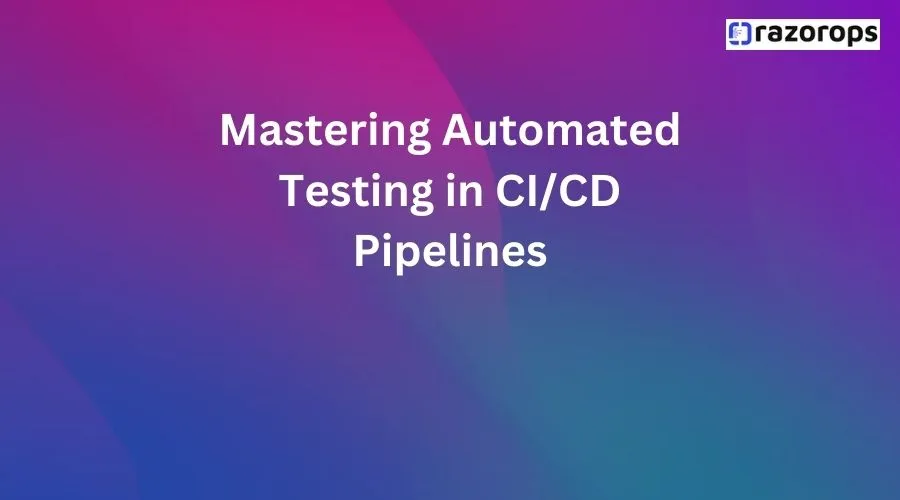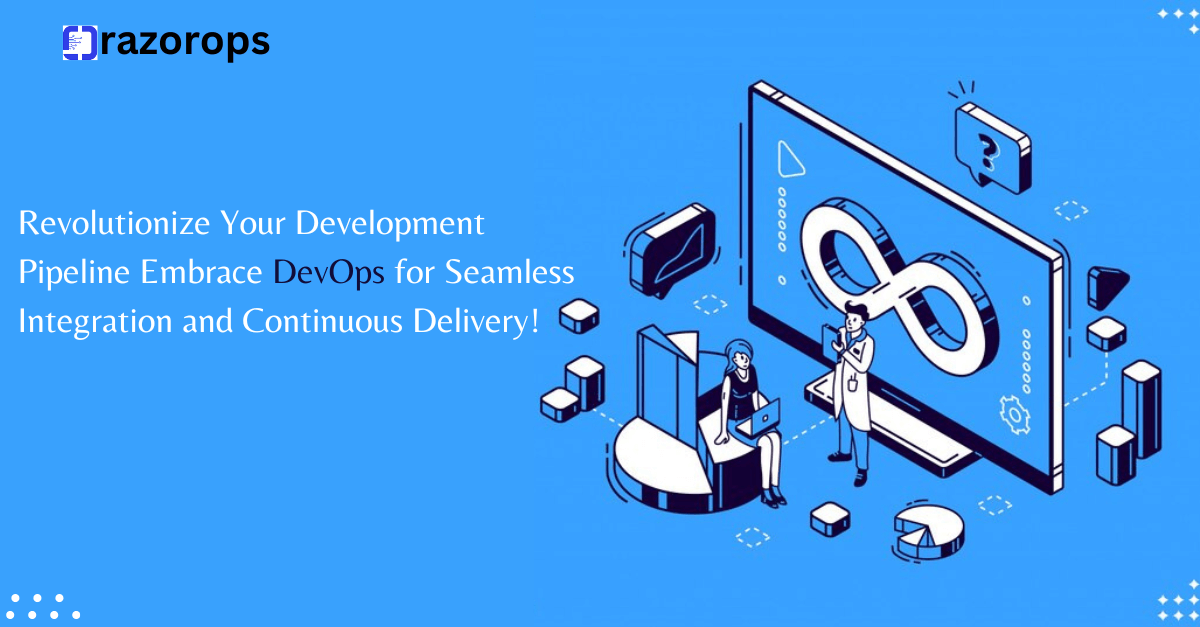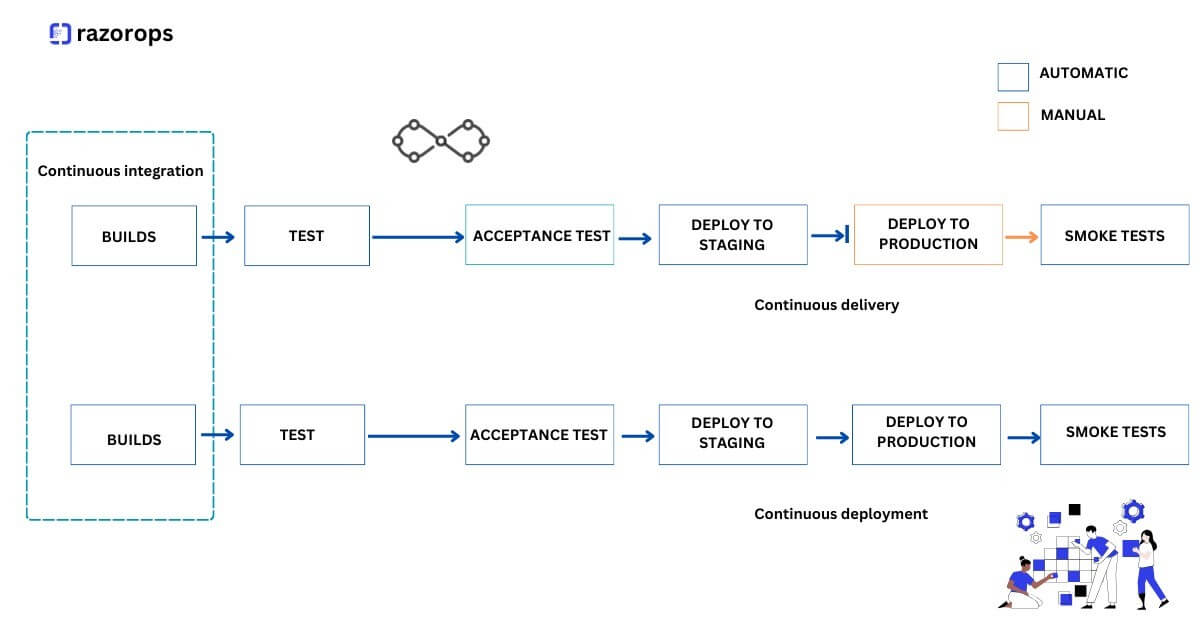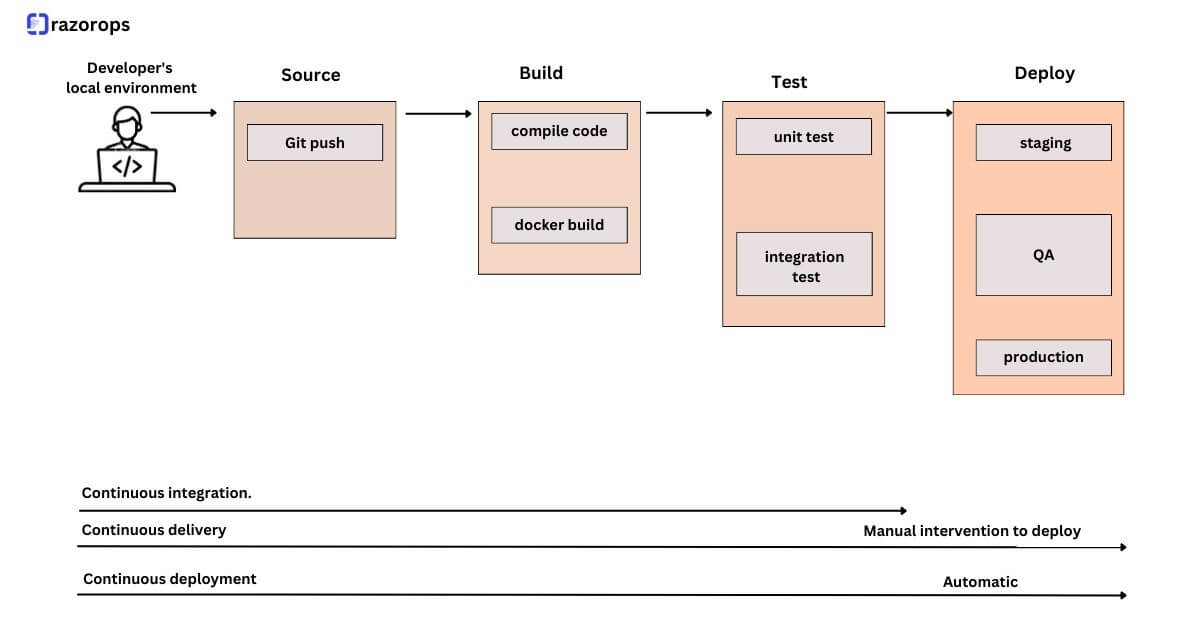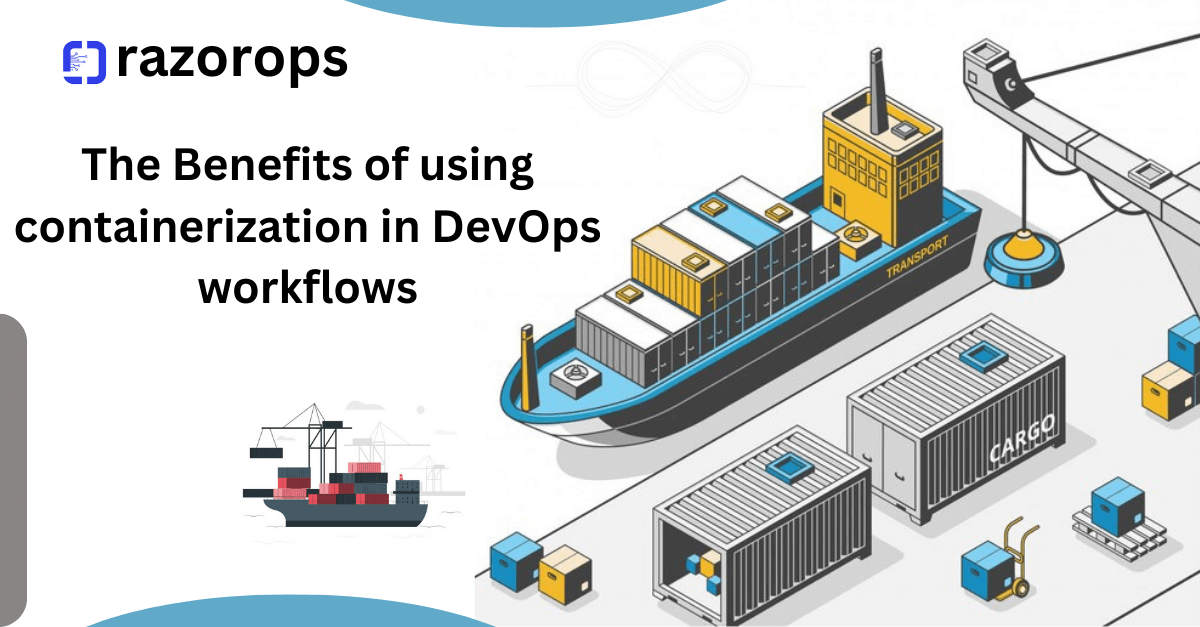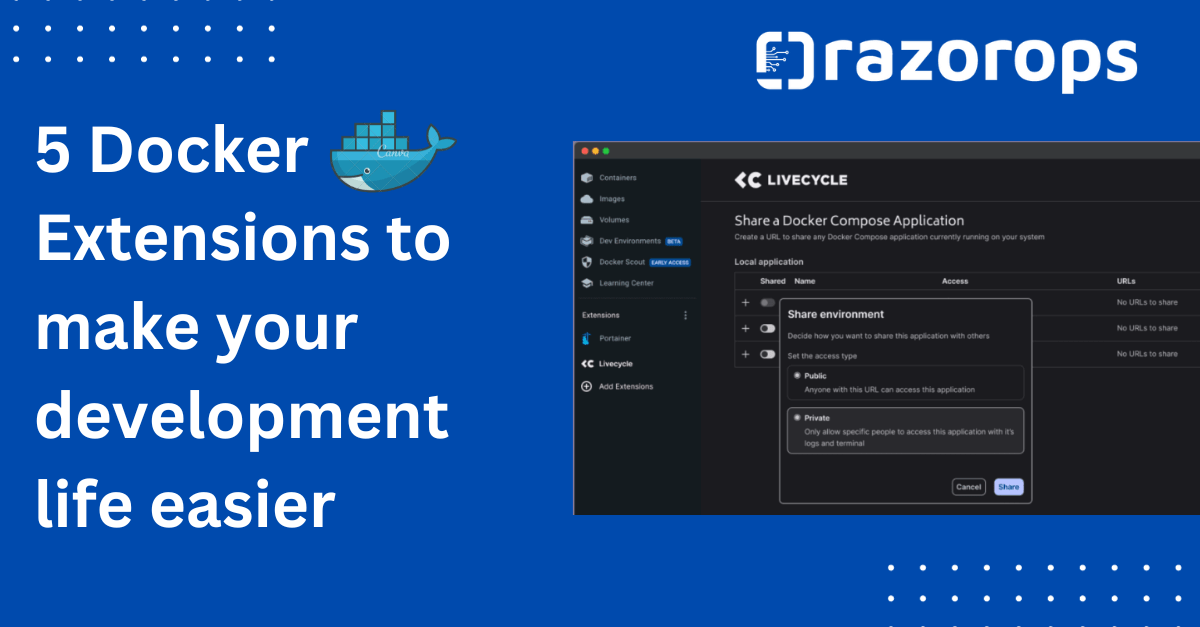The Power of Automation in DevOps

In the ever-evolving world of software development and operations, DevOps has emerged as a game-changer. DevOps, short for Development and Operations, is a set of practices and principles that bridge the gap between these two traditionally siloed domains, fostering collaboration and accelerating the delivery of high-quality software. At the heart of DevOps lies automation, a powerful force that revolutionizes the way software is developed, tested, and deployed. In this blog, we’ll explore the transformative impact of automation in DevOps and why it has become an indispensable part of modern software development.
Understanding DevOps
Before we dive into the power of automation, let’s take a quick look at what DevOps is all about. DevOps is a cultural and technical movement that bridges the gap between development and operations teams. It promotes collaboration, communication, and integration to deliver software more reliably and efficiently. DevOps practices encompass the entire software development lifecycle, from planning and coding to building, testing, releasing, deploying, and monitoring.
Enter Automation: The Engine of DevOps
Automation is the backbone of DevOps, and its importance cannot be overstated. By automating manual, repetitive tasks and processes, DevOps teams can reap a plethora of benefits:
1. Speedy Deployments: With automation, the software deployment process becomes streamlined. Developers can write code, run automated tests, and deploy it to production in a matter of minutes, reducing lead times and time-to-market.
2. Consistency and Reliability: Automation ensures that configurations are consistent across all environments, reducing the risk of configuration-related issues. The predictability of automated processes increases the reliability of the software.
3. Continuous Integration and Continuous Deployment (CI/CD): Automation tools enable CI/CD pipelines, automating the integration of code changes, running tests, and automatically deploying code to production. This accelerates the release cycle and minimizes manual interventions.
4. Improved Quality: Automation promotes thorough testing at every stage of development, reducing the chances of defects escaping to production. Automated tests run consistently, ensuring that the code is of high quality.
5. Monitoring and Feedback Loops: Automated monitoring and alerting systems can provide real-time insights into the application’s performance. Feedback loops facilitate proactive issue resolution, ensuring a seamless user experience.
6. Efficient Resource Utilization: Automation frees up human resources from mundane, repetitive tasks, allowing them to focus on innovation, problem-solving, and strategic decision-making.
The Automation Imperative
Automation in DevOps refers to the use of tools and scripts to streamline and expedite the repetitive and time-consuming tasks that are an integral part of software development and deployment. This includes everything from code compilation, testing, deployment, and infrastructure provisioning to monitoring and logging.
Automation plays a pivotal role in several aspects of DevOps:
Continuous Integration (CI): Automation enables developers to integrate code changes into a shared repository frequently. CI tools like Razorops CICD. automatically build, test, and validate code changes, ensuring that the software remains stable.
Click here to get started with Razorops CICD https://docs.razorops.com/getting_started/
Continuous Delivery/Continuous Deployment (CD): CD automates the deployment process, allowing for the continuous delivery of code to production. With automated CD pipelines, new features can be rolled out swiftly and reliably.
Infrastructure as Code (IaC): IaC tools like Terraform and Ansible enable infrastructure provisioning and management through code. This eliminates manual configuration and ensures consistency in infrastructure setups.
Automated Testing: Automation ensures that all tests, including unit, integration, and end-to-end tests, are executed consistently, reducing the chances of introducing bugs into the production environment.
Monitoring and Logging: Automated monitoring and log analysis tools provide real-time insights into system performance and errors, enabling prompt responses to issues.
Benefits of Automation in DevOps
The power of automation in DevOps
Consistency: Automation ensures that every step of the development and deployment process is consistent, reducing the likelihood of human error.
Efficiency: Repetitive tasks are automated, freeing up valuable developer time for more creative and critical work.
Speed: Automated pipelines can significantly accelerate the release process, allowing for faster time-to-market.
Quality Assurance: Automated testing and validation procedures lead to improved code quality and fewer production defects.
Scalability: As your application and infrastructure grow, automation scales with your needs, reducing the operational burden.
Visibility: Automation provides transparency through detailed logs, making it easier to troubleshoot and improve processes.
Cost Reduction: By eliminating manual labor and reducing errors, automation ultimately leads to cost savings.
Streamlining Processes
Automation in DevOps helps streamline complex and time-consuming processes, from code development and testing to deployment and monitoring. By automating repetitive and error-prone tasks, DevOps teams can ensure consistency and efficiency across the entire software delivery pipeline. This results in faster releases and fewer manual errors.
Continuous Integration and Continuous Deployment (CI/CD)
One of the primary goals of DevOps is to achieve Continuous Integration and Continuous Deployment (CI/CD). Automation plays a pivotal role in this regard. With CI/CD pipelines, code changes are automatically integrated and tested as soon as they are committed. This automation ensures that code is always in a deployable state, reducing the time it takes to get new features or fixes into the hands of users.
Test Automation
Automated testing is a critical aspect of DevOps, enabling faster and more reliable software releases. With automation, you can run a battery of tests, including unit, integration, and regression tests, as part of your CI/CD pipeline. This not only saves time but also improves the overall quality of the software by catching bugs early in the development process.
Infrastructure as Code (IaC)
Infrastructure as Code is a practice where infrastructure components are defined in code, allowing for the automated provisioning, configuration, and management of infrastructure resources. Automation tools like Terraform and Ansible have made IaC a fundamental part of DevOps, ensuring that the infrastructure is always in sync with the application code.
Monitoring and Alerts
Automation in DevOps extends to monitoring and alerting systems. By setting up automated monitoring and alerting, teams can quickly identify and respond to issues in the production environment. Automation ensures that the right personnel are notified when issues occur, reducing downtime and improving system reliability.
Scalability
The ability to scale resources up or down in response to changes in demand is a key benefit of automation. Cloud providers offer autoscaling capabilities that can automatically adjust the number of server instances based on traffic, ensuring optimal performance while controlling costs.
Version Control and Change Management
Automation tools like Git provide robust version control, enabling teams to track changes to their code and collaborate seamlessly. This not only ensures that code is well-documented but also simplifies the process of identifying and reverting changes when issues arise.
Security and Compliance
Automation can improve security by automatically scanning code for vulnerabilities, enforcing access controls, and ensuring compliance with industry regulations. With automated security checks, DevOps teams can address potential issues early in the development cycle, reducing security risks.
Time and Cost Savings
By automating repetitive tasks, DevOps teams can significantly reduce the time and effort required for manual interventions. This not only accelerates the development and deployment process but also leads to cost savings by minimizing the need for human intervention.
The power of automation in DevOps cannot be overstated. It not only accelerates software development and deployment but also enhances the quality and reliability of applications. In the era of fast-paced software delivery, automation is the driving force behind achieving Continuous Integration and Continuous Deployment. It empowers DevOps teams to collaborate, innovate, and meet the ever-increasing demands of the digital age. As technology continues to evolve, automation in DevOps will remain an essential tool for organizations striving to stay competitive and deliver the best software products to their users. Follow RazorOps Linkedin Page Razorops, Inc.


